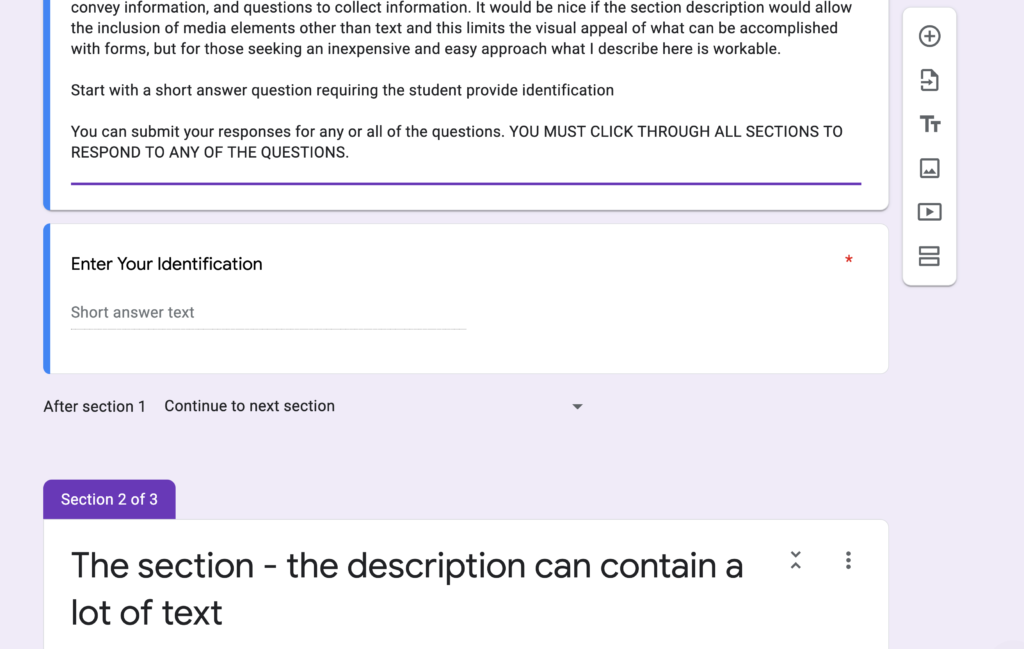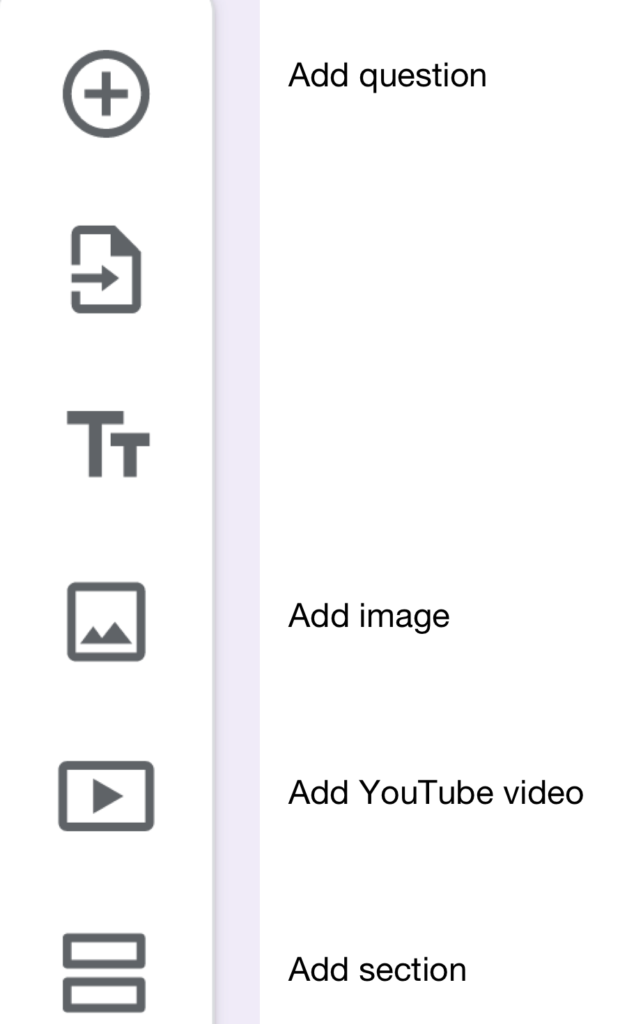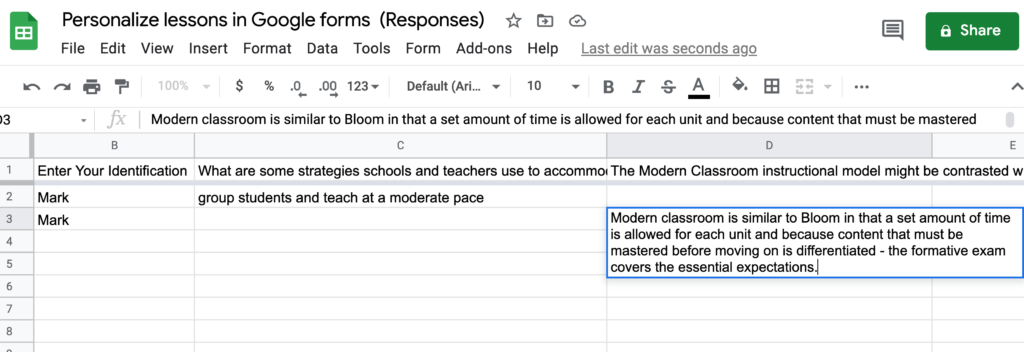I became familiar with the idea of learning personalization for mastery in the 1970s. Even though there are recent applications of mastery concepts making use of technology, I continue to point to the early mastery work because of the research base associated with that time period. The examples of more recent mastery approaches I will link to these early efforts do not come with a rich collection of peer reviewed studies I look for when advocating for what amounts to a serious departure from day to day classroom practice.
To me there were two very different approaches labelled as mastery methods – Fred Keller’s Personalized System of Instruction (PSI) and Bloom’s Learning for mastery.
The Keller Plan
Keller (1968) advocated a truly individualized approach to instruction based primarily on written material (not be confused with the programmed instruction of that time which was often paper-based as well). Keller did make use of teacher presentations, but these were not used for the core approach. Keller liked written materials because individual students could work on written content on their own and could read at whatever rate was productive for them. Instructional text was associated with study guides for guidance. When students felt prepared, they would ask a tutor for an examination over that material. The tutor presented the assessments, evaluated the assessments, and helped learners with challenges they seemed to have encountered. Movement to the next unit depended on a satisfactory score on the unit exams and failure to meet this standard directed the learner to restudy the same material.
Bloom’s Learning for Mastery
Bloom’s (1968) approach to mastery learning was group based. A group of learners would focused on content (e.g., chapter) to be learned for approximately a week and would then be administered a formative evaluation. Those who passed this evaluation would continue to supplemental learning activities and those who did not pass would receive remediation appropriate to their needs. At the end of this second period of time (at about the two-week mark), students would receive the summative examination to determine their grade.
There are many variations and details of these approaches not explained here. My intent was to establish the more individualized and the more group-based approaches. I see the Kahn Academy as similar to the Keller Plan and Modern Classroom Project as similar to Bloom’s approach. My guess is more educators are aware of the Kahn Academy and understand that students can work on this technology-delivered content demonstrating mastery of specific skills at different rates. Many use this content for supplemental learning, but it can also be used as the basis for comprehensive approach. The Modern Classroom does not individualize progress to the same degree and is not necessarily as dependent on technology administered mastery checks. I encourage exploration of the links provided here for those unfamiliar and interested in the present, more technologically based mastery approaches receiving a lot of attention at present.
The idea of mastery and what teaching for mastery means in practice varies to some degree to how essential it is to master specific skills or concepts. I would think that all knowledge/skill deficits are not equally damaging. It might be useful to differentiate general and prerequisite deficits. A prerequisite deficit would describe a skill or concept necessary in the short term to understand/master a more advanced skill/unit of understanding that builds on the deficit skill. A general deficit would identify a skill or a unit of understanding that is missing, but not necessary for the mastery of other units soon to be taught. Original approaches to mastery (Bloom, Keller) focused on an acceptable level of general skill. Kahn approach is more focused on the identification and remediation of specific deficits. I would think technology would offer a much more practical approach to the linking skills and for tracking individual student mastery of prerequisite.
Note that both Keller and Bloom are not absolutists. Technology allows a much more specific approach with Kahn’s complex identification of prerequisites and specific mastery checks in the Modern Classroom approach. Being specific about the identification of unmastered skills does not stop progress as learners can continue to work on other skills with technology allowing the more careful identification of problem areas in contrast to the mastery approaches of the 1960s.
References
Benjamin, S., Dhew, E., & Bloom, B. (1968). Learning for mastery. Eval. Comment, 1, 1-12.
Keller, F. S. (1968). “Good-bye teacher”. Journal of Applied Behavior Analysis, 1, 79–89
![]()



You must be logged in to post a comment.